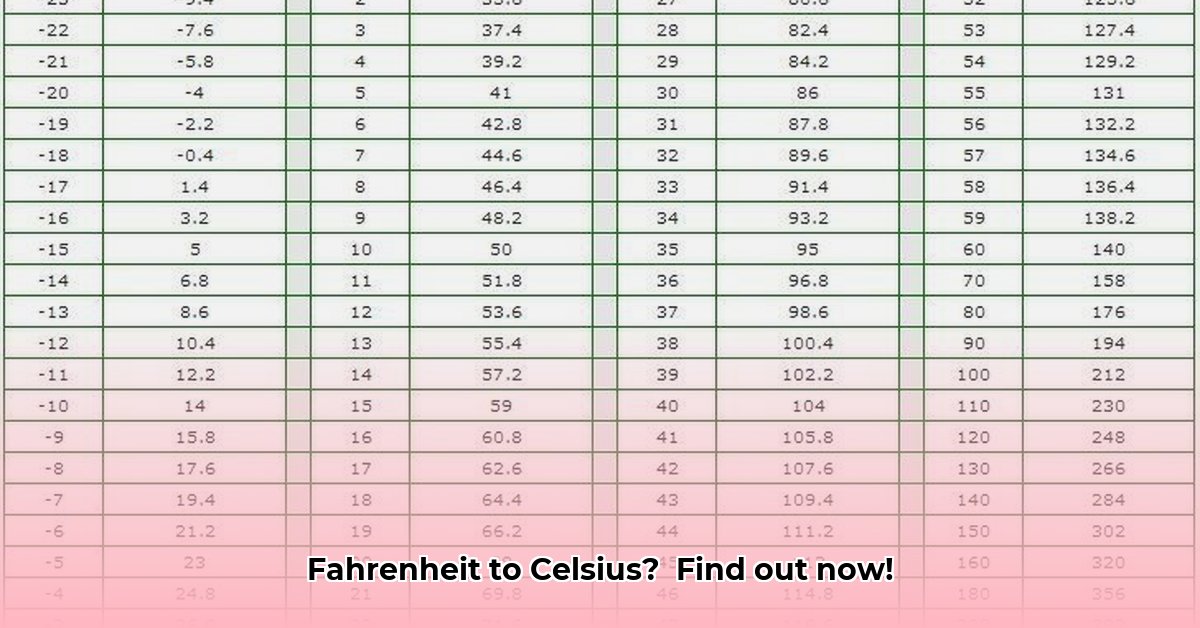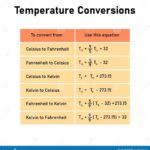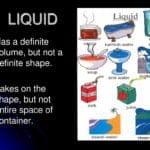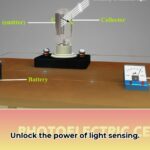Understanding temperature scales is more than a simple conversion; it’s about bridging different systems of measurement used worldwide. While Fahrenheit is familiar to many in the United States, Celsius dominates globally. This guide delves into the conversion process, exploring its practical applications and the nuances that ensure accuracy.
Fahrenheit and Celsius: A Tale of Two Scales
The Fahrenheit and Celsius scales, developed by Daniel Gabriel Fahrenheit and Anders Celsius respectively, represent distinct approaches to measuring temperature. Fahrenheit, commonly used in the United States, sets the freezing point of water at 32°F and the boiling point at 212°F. Celsius, the global standard, defines these points as 0°C and 100°C, respectively. This difference in scale increments and zero points necessitates a conversion formula for seamless translation between the two. The historical context of these scales reveals why they persist in different regions, highlighting the interplay of tradition and scientific standardization.
Converting Fahrenheit to Celsius: The Formula
The conversion hinges on a precise mathematical formula: °C = (°F – 32) × 5/9. This formula acts as a universal key, unlocking the equivalent Celsius temperature for any given Fahrenheit value. Let’s dissect the formula: the subtraction of 32 accounts for the offset in the Fahrenheit scale’s zero point, while the multiplication by 5/9 adjusts for the different degree increments between the two scales. Understanding this formula empowers you to convert any temperature accurately, paving the way for effective communication and informed decision-making across diverse fields.
Converting 21°F to Celsius: A Step-by-Step Guide
Let’s apply the formula to convert 21°F to Celsius:
- Subtract 32 from 21°F: 21 – 32 = -11
- Multiply -11 by 5/9: -11 × (5/9) = -6.111…
Therefore, 21°F is approximately -6.1°C. This precise calculation is crucial, especially in scientific contexts where minute temperature variations can significantly impact results. However, the level of precision needed can vary depending on the application, from highly sensitive scientific experiments to everyday temperature readings.
Real-World Applications: Beyond the Numbers
Accurate temperature conversion transcends theoretical calculations; it plays a vital role in diverse fields. In meteorology, accurate conversion ensures clear communication of weather information across international borders. In culinary arts, precise temperatures are essential for achieving desired cooking outcomes, especially in baking and candy making. Healthcare professionals rely on precise temperature measurements for patient diagnosis and treatment. Manufacturing processes, scientific research, and engineering applications also demand accurate temperature conversions to ensure safety and efficacy. Understanding these real-world applications emphasizes the importance of mastering this fundamental skill.
Avoiding Common Conversion Pitfalls
While the conversion formula is straightforward, some common errors can lead to inaccuracies. A frequent mistake is neglecting the order of operations (PEMDAS/BODMAS), leading to incorrect calculations. Remember to subtract 32 before multiplying by 5/9. Rounding errors can also introduce inaccuracies, especially in scientific contexts requiring high precision. Additionally, using mental estimations or “shortcuts” can lead to significant deviations from the true value, compromising the reliability of the conversion. Adhering to the correct formula and using a calculator for complex values ensures precision and avoids these common pitfalls.
Precision and Context: Tailoring the Approach
The level of precision required in temperature conversion varies depending on the specific application. While everyday temperature readings might tolerate minor approximations, scientific experiments and industrial processes often demand a higher degree of accuracy. For instance, a slight temperature variation in a chemical reaction can significantly alter the outcome, while a rounded temperature in a weather forecast might not have significant practical implications. Understanding the context and the level of required precision is key to choosing the appropriate conversion method and ensuring the reliability of the results.
Mastering Temperature Conversion: A Valuable Skill
Mastering the conversion between Fahrenheit and Celsius equips you with a practical tool applicable in various situations. Whether interpreting weather reports, following a recipe, or conducting scientific research, this skill enhances your ability to understand and communicate temperature information effectively. With practice and attention to detail, you can confidently navigate the world of temperature, ensuring accuracy and informed decision-making in any context.
- Unraveling Einstein’s Legacy: Who Inherited His Genius? - July 14, 2025
- Unlock Einstein’s Family Tree: Bernhard Caesar & Untold Stories - July 14, 2025
- Unveiling Bernhard Caesar Einstein: His Life & Albert Einstein’s Legacy - July 14, 2025
















